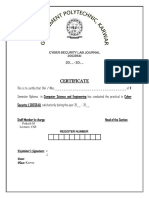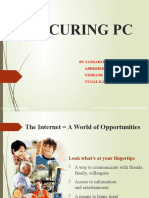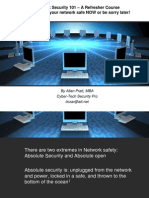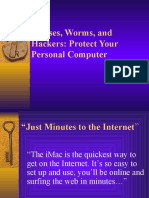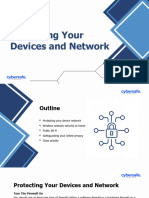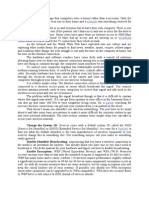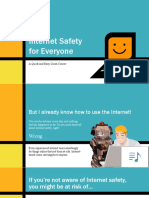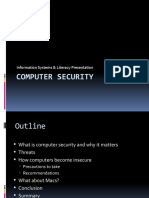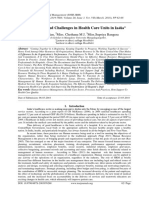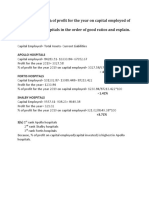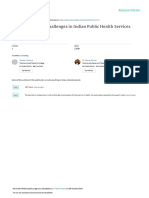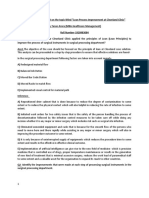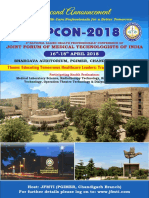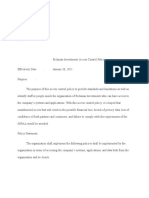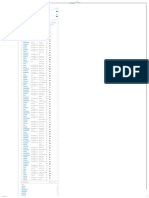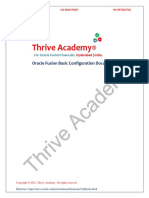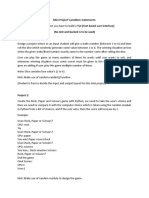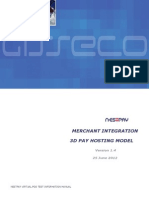0% found this document useful (0 votes)
45 views15 pages10 Things You Can Do To Secure Your
This document provides 10 tips for securing your PC: 1) Turn off file sharing, 2) Install a firewall, 3) Scan for spyware, 4) Use anti-virus software, 5) Update your operating system, 6) Upgrade to Internet Explorer 7, 7) Secure your wireless network, 8) Encrypt your data, 9) Use strong passwords, and 10) Manage your accounts properly. It emphasizes the importance of regularly scanning for viruses and spyware, using firewalls and antivirus software, strong passwords, and keeping your system updated.
Uploaded by
Tarun AroraCopyright
© © All Rights Reserved
We take content rights seriously. If you suspect this is your content, claim it here.
Available Formats
Download as PPT, PDF, TXT or read online on Scribd
0% found this document useful (0 votes)
45 views15 pages10 Things You Can Do To Secure Your
This document provides 10 tips for securing your PC: 1) Turn off file sharing, 2) Install a firewall, 3) Scan for spyware, 4) Use anti-virus software, 5) Update your operating system, 6) Upgrade to Internet Explorer 7, 7) Secure your wireless network, 8) Encrypt your data, 9) Use strong passwords, and 10) Manage your accounts properly. It emphasizes the importance of regularly scanning for viruses and spyware, using firewalls and antivirus software, strong passwords, and keeping your system updated.
Uploaded by
Tarun AroraCopyright
© © All Rights Reserved
We take content rights seriously. If you suspect this is your content, claim it here.
Available Formats
Download as PPT, PDF, TXT or read online on Scribd
/ 15



